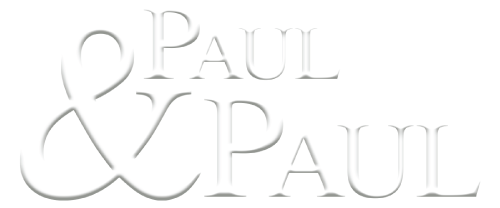Intellectual property (IP) infringement is a major issue that affects businesses of all sizes across the United States. In today’s increasingly digital world, IP theft is becoming more and more prevalent, with businesses facing substantial financial losses as a result. All innovative companies need to understand the risks associated with IP infringement to protect themselves from damage caused by a breach.
In Pennsylvania, IP infringement is governed by both federal and state law, as well as various other governing bodies and regulations. Generally, every instance of IP infringement triggers criminal penalties and potential civil damages to the party whose rights were violated. Additionally, the US Supreme Court has established laws that allow plaintiffs to seek injunctive relief to stop any further acts of copyright infringement or misappropriation.
But how exactly does one identify when their Intellectual Property has been infringed on? The first step is to determine whether you have exclusive rights over your creative works – such as copyrights, trademarks, or patents – that may be at risk of being used without permission by unauthorized third parties. The second step involves identifying any potentially infringing activity online or offline (such as on websites where one’s work was published without consent).
It’s also crucial that individuals & businesses alike stay abreast of current developments in Intellectual Property Law so they can understand the scope & legal implications associated with IP disputes – especially those pertaining specifically to Pennsylvania regulations & statutes concerning these matters. Knowing your rights under these laws can mean the difference between successfully preventing an incident from occurring & facing substantial damages due to inaction or lack of knowledge of certain pertinent information related to one’s circumstances.
Identify Potential Infringing Activity Online And Offline
Identifying potential infringing activity online or offline is an important step to take to protect your Intellectual Property from theft or misuse.
For online activities, it’s important to check websites and other platforms where your work may be published without permission. This includes looking for any unauthorized copies of a creation, such as text, images, audio files, or videos that may be used in violation of your rights. It is also important to monitor search engine results for terms associated with the IP, as this can help identify any instances of copying or misappropriation. For example, if you have written a book and notice that another publication is using parts of your work without authorization, you can alert the proper authorities and your IP attorney.
For offline activities, you should look for any products or services that bear similarities to yours – such as indications that someone is attempting to market an idea similar to yours under their name. Additionally, paying attention to reports of IP infringement by local news outlets and government agencies can help you stay on top of any violations happening in your area and alert appropriate enforcement bodies if necessary.
Finally, it’s also essential that businesses obtain accurate records about who owns the IP rights at each point in the production process – this helps ensure everyone involved understands their legal obligations regarding the protection & defense of the asset moving forward.
How Paul & Paul Can Help
At Paul & Paul, we understand just how much is at stake for businesses when it comes to protecting your intellectual property interests from willful or accidental exploitation by others. Our team possesses years of knowledge spanning all aspects of legal counsel surrounding these complex topics – enabling us to offer comprehensive services across litigation defense procedures. In addition, we provide comprehensive contract drafting services tailored towards safeguarding against potential liabilities through properly enforced regulatory boundaries now and into the future.
